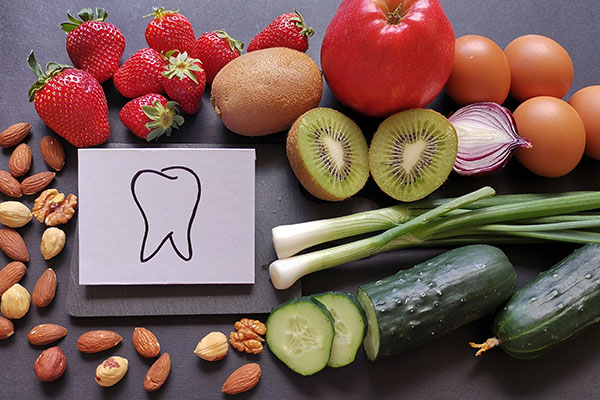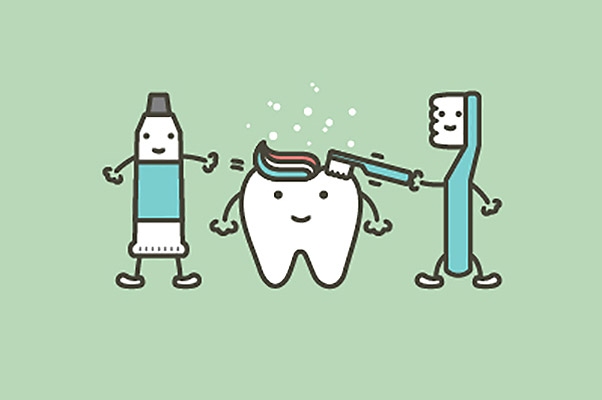 Teeth whitening treatments are a popular cosmetic treatment that can significantly improve the way your teeth look after a single treatment session. These treatments are not painful, but there are some side effects or complications that can develop as a result of the treatment. These can lead to discomfort or pain.
Teeth whitening treatments are a popular cosmetic treatment that can significantly improve the way your teeth look after a single treatment session. These treatments are not painful, but there are some side effects or complications that can develop as a result of the treatment. These can lead to discomfort or pain.
Teeth whitening treatments are done using bleaching agents like hydrogen carbamide or hydrogen peroxide. These chemicals can penetrate the inner layers of teeth, removing stains from within and the exterior of teeth.
Professional whitening treatments performed by dentists involve using highly concentrated bleaching agents that can contain up to 20% hydrogen peroxide. Such high-concentrated products are harsher on teeth and can only be used with the supervision of a dentist.
What to expect when getting teeth whitening treatments
Professional teeth whitening treatments performed by a dentist rarely lead to any pain. The complications that can arise as a result of whitening treatments are typically due to existing dental issues like tooth decay and gum disease. Dentists evaluate their patients’ mouths before clearing them for whitening treatments to prevent such problems.
The most common side effect associated with whitening treatments is increased sensitivity to hot and cold foods/beverages. This is caused by enamel being weakened by the process. It is typically a temporary condition that should go away within 48 hours. It can be managed with over-the-counter teeth desensitizing products.
Teeth whitening treatments are typically done with customized mouth trays. These mouth trays help to keep the patient’s teeth evenly covered with the bleaching product and they also prevent it from getting into the gum tissues where it can lead to burns and irritation. The mouth tray is made from an impression of the patient’s mouth that is sent to a lab where oral appliances are made.
OTC products
Trying to whiten teeth using over-the-counter whitening products is more likely to lead to complications. Common complications that can develop as a result of using DIY whitening products include:
- Inflammation of pulp tissues of teeth with cracked or exposed dentin
- Burns or irritation caused by the whitening product getting on soft tissues like the gums
- Stomach bleeding, distention, or irritation due to swallowing the whitening product
Whitening products sold OTC tend to have lower concentrations (as low as 6%) of hydrogen peroxide or hydrogen carbamide to reduce the risk of these issues. As a result, it takes longer to whiten teeth with these products since they are not as concentrated as the products used by dentists.
Keeping teeth white
Improving the color of teeth with whitening treatments does not mean it will stay that way forever. The patient’s teeth will still be exposed to things that can stain them and new stains and discoloration will eventually form. Simple ways to keep teeth stain-free between whitening treatments include:
- Practice good oral hygiene
- Get professional teeth cleanings
- Avoid foods and drinks with strong colors
- Use a straw when drinking colored beverages
- Stop smoking
- Use teeth whitening toothpaste once a week
Get whiter teeth
Ready to restore your teeth’s original white color? Give us a call or visit our Turlock clinic to learn more about the teeth whitening process.
Request an appointment or call King Dentistry at 209-585-1474 for an appointment in our Turlock office.
Recent Posts
Professional teeth whitening can restore a patient's confidence by giving them a bright, gleaming smile. There are many different teeth whitening products available for home use, but the methods used to whiten teeth by a dentist can be more effective than over-the-counter alternatives. Here is what a potential patient should know about how the process…
Various factors affect tooth color, including genetics, food and beverage choices, smoking, and medications. Stains can occur on the surface of the tooth or beneath the enamel. Surface stains are common, but stains can also occur due to changes within the tooth's material. Extrinsic stains are stains on the surface of the tooth, while intrinsic…
Teeth whitening treatments work wonders when it comes to improving the way your teeth look. These treatments typically involve using compounds like hydrogen peroxide or hydrogen carbamide to improve the way teeth look. The compounds have bleaching properties and can penetrate past enamel into the inner layers of teeth for a thorough whitening effect. With…


